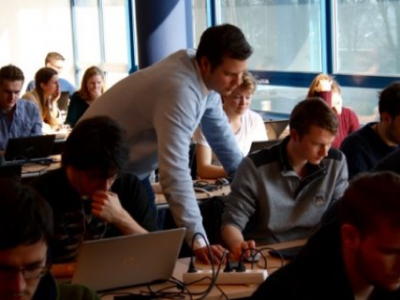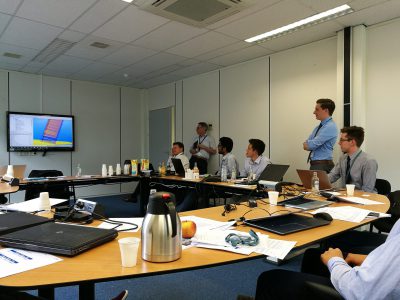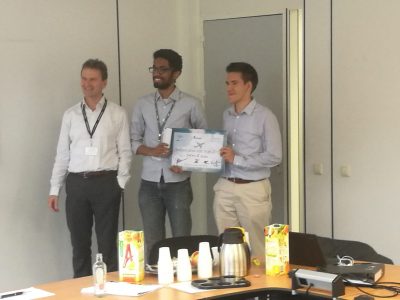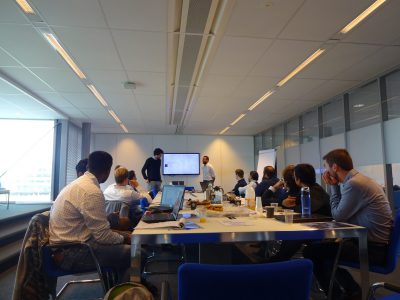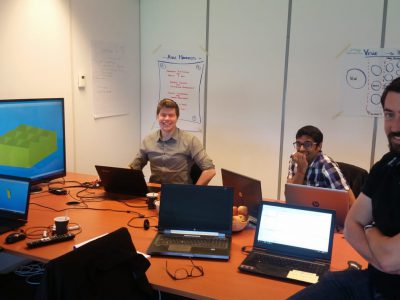Learn from the best: let our experts teach you the ins & outs of design application development
When we start working with our clients on their first design application, we usually encounter a team of very enthusiastic, specialized engineers with an affinity for programming, but limited experience in professional software development. If that’s the case, then our training program might be just the thing for you.
We offer a full-stack application development training ranging from the more fundamental theory behind software engineering to practical, hands-on exercises. Typically, each customer training is unique combination of the following three modules to best match your current situation and needs:
I. Knowledge-based engineering (KBE): Theory & methods
Start off with a solid theoretical understanding of KBE and the model-centric approach to design automation. Learn to identify automation potential in your own work, how to capture, structure and formalize engineering knowledge, and the different approaches available to create a matching KBE application.
II. Professional software development
Become familiar with the widely adopted Agile/Scrum software development techniques through our practical crash course. After a brief theoretical background, we prefer to tackle this topic hands on and teach you our own best practices. In this module, we start our own mock development project and we’ll walk you through the Agile approach one step at the time. Along the way, we will cover all relevant DevOps topics such as version control (Git, SVN), pull request and code reviews, automated testing and Continuous Integration and Deployment (CI/CD).
III. ParaPy application development
After a basic Python training (optional, depending on the Python development level of the participants) we will dive into the ParaPy platform libraries. This training program lets you “climb” the different layers of the SDK though a variety of small examples and an overarching application. You will start at the SDK’s foundation with the core library, and via the toolboxes most relevant to your engineering background, you will reach the top layers covering graphical user interface (GUI) creation and packaging.

